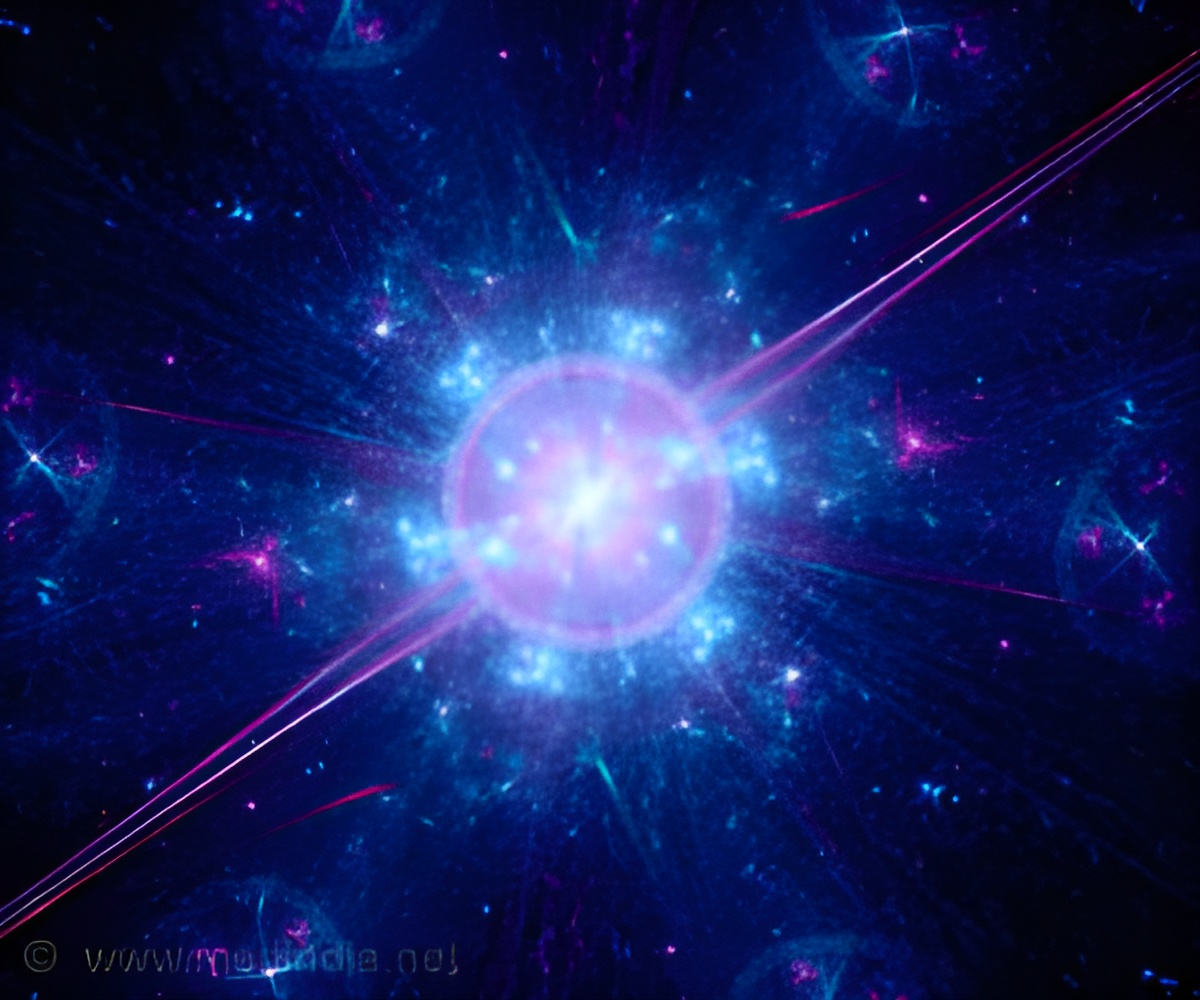
‘Quantum mechanics, a branch of physics used to study the 'love' between particles is also being used in research to improve communications between space and Earth.’
Tweet it Now
Now, the technology used to study the 'love' between particles is also being used in research to improve communications between space and Earth. "What is exciting is that in some sense, we're doing experimental philosophy. Humans have always had certain expectations of how the world works, and when quantum mechanics came along, it seemed to behave differently," said Krister Shalm, physicist with the National Institute of Standards and Technology (NIST), Boulder, Colorado.
In 1964, however, John Bell published the idea that any model of physical reality with such hidden variables also must allow for the instantaneous influence of one particle on another.
While Einstein proved that information cannot travel faster than the speed of light, particles can still affect each other when they are far apart according to Bell.
Scientists consider Bell's theorem an important foundation for modern physics.
Advertisement
The design of the new experiment can potentially be used in cryptography - making information and communications secure - as it involves generating random numbers.
Advertisement
Information can never travel faster than the speed of light - Albert Einstein was right about that.
Marsili said, "But through optical communications research, we can increase the amount of information we send back from space. The fact that the detectors from our experiment have this application creates great synergy between the two endeavors."
The paper is published in the Physical Review Letters.
Source-IANS












